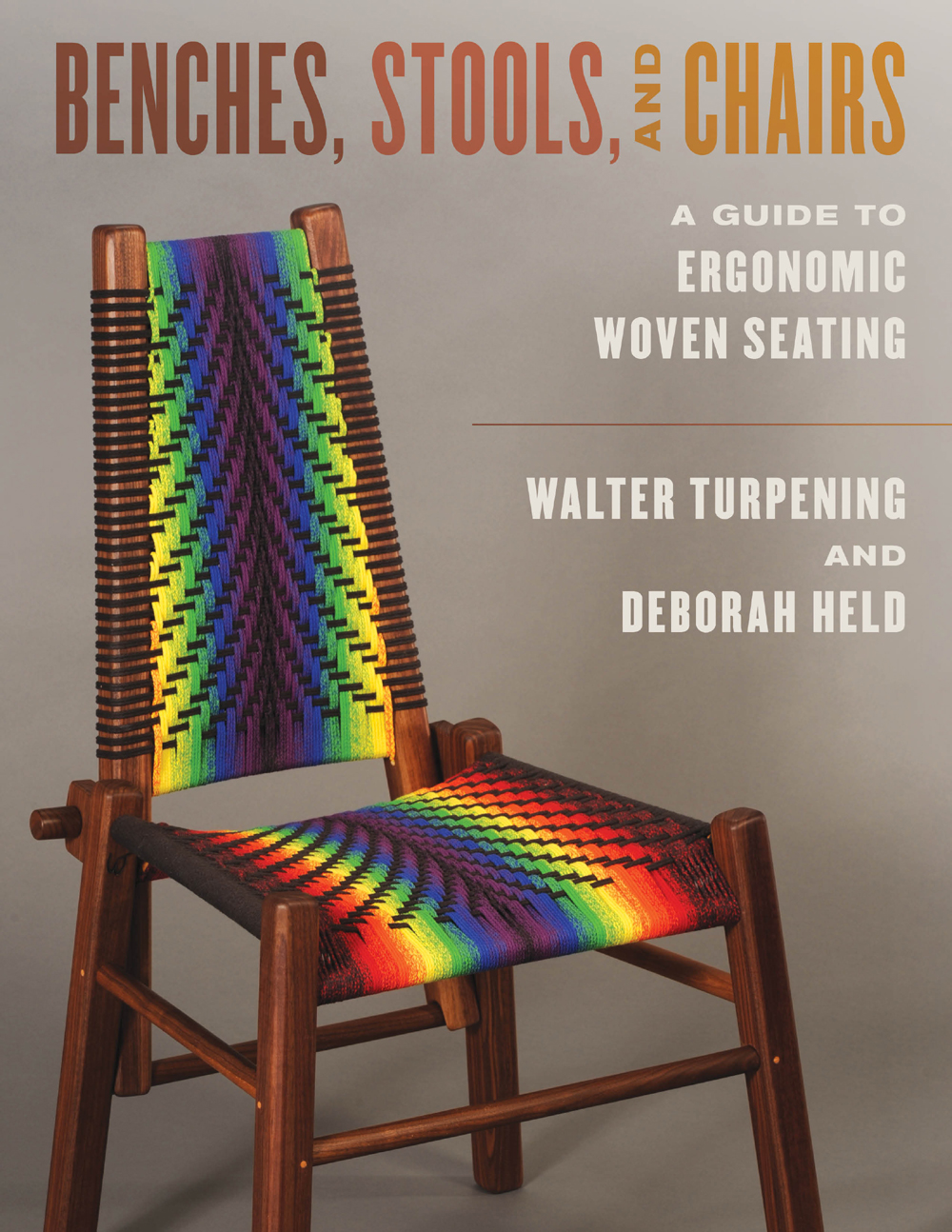
STACKPOLE BOOKS
An imprint of Globe Pequot, the trade division of The Rowman & Littlefield Publishing Group, Inc.
4501 Forbes Blvd., Ste. 200
Lanham, MD 20706
www.rowman.com
Distributed by NATIONAL BOOK NETWORK
800-462-6420
Copyright 2022 by Walter Turpening and Deborah Held
Photography by Walter Turpening, unless otherwise noted; Brandy Clements of the Silver River Center for Chair Caning (credited as SRCCC) took those in the foreword; Jeffrey Sturgill of Sturgill Photographic Arts (credited as SPA) took the cover photo and others as credited.
All rights reserved. No part of this book may be reproduced in any form or by any electronic or mechanical means, including information storage and retrieval systems, without written permission from the publisher, except by a reviewer who may quote passages in a review.
The contents of this book are for personal use only. Patterns herein may be reproduced in limited quantities for such use. Any large-scale commercial reproduction is prohibited without the written consent of the publisher.
We have made every effort to ensure the accuracy and completeness of these instructions. We cannot, however, be responsible for human error, typographical mistakes, or variations in individual work.
British Library Cataloguing in Publication Information available
Library of Congress Cataloging-in-Publication Data
Names: Turpening, Walter, 1947 author. | Held, Deborah, 1967 author.
Title: Benches, stools, and chairs : a guide to ergonomic woven seating / Walter Turpening, Deborah Held.
Description: First edition. | Lanham, MD : Stackpole Books, an imprint of Globe Pequot, the trade division of the Rowman & Littlefield Publishing Group, Inc., [2022] | Summary: The authors teach how to take the measurements needed for perfect ergonomic comfort and how to apply them to create your perfect seat. With these step-by-step instructions, photos, and diagrams, you will see how to custom seating and be able to replicate these techniques in your own benches, stools, and chairsProvided by publisher.
Identifiers: LCCN 2021048582 (print) | LCCN 2021048583 (ebook) | ISBN 9780811770507 (paperback) | ISBN 9780811770514 (epub)
Subjects: LCSH: Seating (Furniture)Design and construction. | Chair caningHandbooks, manuals, etc. | Rush-workHandbooks, manuals, etc. | Furniture makingHandbooks, manuals, etc. | DesignHuman factors.
Classification: LCC TT197.5.C45 T87 2022 (print) | LCC TT197.5.C45 (ebook) | DDC 684.1/3dc23/eng/20211209
LC record available at https://lccn.loc.gov/2021048582
LC ebook record available at https://lccn.loc.gov/2021048583
 The paper used in this publication meets the minimum requirements of American National Standard for Information SciencesPermanence of Paper for Printed Library Materials, ANSI/NISO Z39.48-1992.
The paper used in this publication meets the minimum requirements of American National Standard for Information SciencesPermanence of Paper for Printed Library Materials, ANSI/NISO Z39.48-1992.
First Edition
CONTENTS
Guide
First and foremost, to Ellen. I would not be making benches, stools, and chairs if she had not supported me creatively and emotionally. She was frustrated by not finding fabrics in the colors she wanted. I encouraged her to try weaving (I knew nothing about it), and after she took a couple of classes, I gave her her first loom. She encouraged me to try woodworking, and that led to me making a footstool. After many benches in white cord, she said, You need to add some color. That led to learning about cord braiding, and on to color cord. When I struggled with colors and blending, her artistic eye helped solve the problems. Ellen taught me, day to day, how to observe and use color.
As the business evolved, and along with it the need to travel to shows, Ellen either took care of things at home or came along on the long drives (even though she disliked long road trips). We made them into fun adventures.
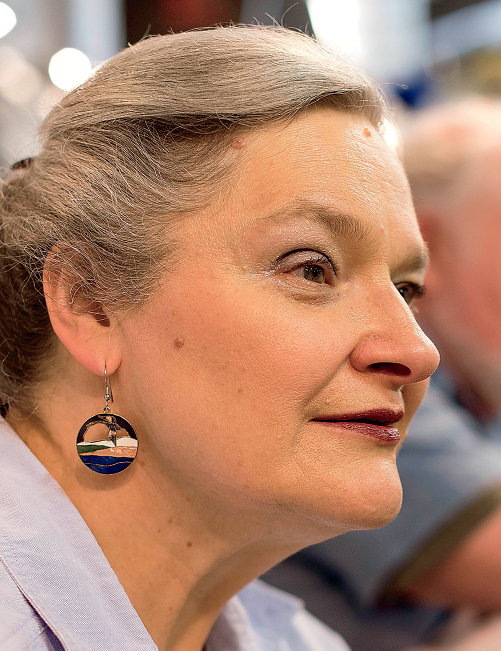
Ellen Turpening at Maryland Sheep and Wool Festival, 2015. JAY PULLI
Together we were more than each of us could have been alone.
My brother, Roger. Together we supported each other all our lives, through thick and thin, and during many of each others screwball projects.
David Guy, a friend for twenty years, who helped in the shop, making benches and chairs, and at numerous shows with preparations, travel, and setup and take down. Our weekly breakfasts were important discussions on directions to take.
The members of the Contemporary Handweavers of Houston and the Contemporary Handweavers of Texas. Thank you for your support during the many years we were members. The list is long, and those who have one of the early benches know who you are. You helped me immensely to develop a comfortable bench for weaving and spinning. Thank you.
The Overmountain Weavers Guild and the Western North Carolina Handweavers Guild, who accepted Ellen and me and encouraged us.
To all the customers who have become friends and have given me ideas.
Jeff Sturgill, who helped early on and for more than twenty years, so that I could have professional photographs for brochures and promotions. A friend.
Lisa Guy Castle, owner of Wrap-It-Mail, who custom boxed and shipped all of my pieces for nearly twenty years. A friend.
Thanks to Tim Callaway for selling me cord braiders, as well as mentoring me on them and on cord-making processes.
Last but not least, Debbie Held, who had the idea to write an article for Spin Off magazine (2019). Then she agreed to coauthor this book. Without her, this book would never have made it past an idea in 2020. She added many ideas and provided the skills needed to make my technical writing readable for the common person. It was quite a leap for both of us.
Walt Turpening
July 2021
To my son, Beck, who encouraged me to try once again and then cheered when I succeeded. You inspire me every day.
My parents, whose lead I only hope to follow. Growing older with them has been my lifes great and unexpected reward.
My brothers, for lessons learned and loyalty. One, the loving companion of my youth; the other, a stalwart reflection of where we come from.
My bestie, Margie, for remembering who I was and knowing who I can still be. Its only through your patient example that I have learned to be a friend.
And to Walt Turpening, for his gracious invitation to help share this vision. With great patience and trust, you let me be exactly who I am. I have grown so very much from this process, and I thank you.
Were it not for the help and support of a handful of generous friends, my career change from one-time business writer to writer of spinning content could not have happened. Special thanks to Kim Carr, for keeping me in stitches and loaning me that spindle; sweet Clara, for making it all possible; Lynn, for sharing (especially Stanley); and Spinnifer, for the near-daily fiber chat, laughter, and truths.
And Kim Berendt, for tirelessly telling me that I could... until I did.
Learning to spin, and the members of the handspinning and fiber community I have met both online and in person, have changed the course of my life for the better.
Finally, Walt and I both thank our editor, Candi Derr, and the folks at Stackpole Books, for this experience.
With gratitude,
Deborah Held
July 2021
Chair caning and wicker are umbrella terms for many types of woven seats, including cane, rush, splint, Shaker tape, and Danish cord weaving. The craft dates to ancient Egypt and China, bounced around the globe with colonization, experienced a resurgence in the mid-twentieth century (especially in Scandinavia), and is currently very trendy worldwide in the twenty-first century. Chair-seat weaving is rooted in geometry, botany, physics, world history, economics, and design. The variety of materials and patterns that can be used are innumerable. Though the traditional craft has largely remained the same for millennia, innovations occurred throughout history, in the typical time periods of the Industrial Revolution and, out of necessity, the First and Second World Wars, when embargoes on rattan and shipping trade issues were common. After working on thousands of chairs, and studying thousands more, one thing is for certain: Chairs never cease to surprise me with the variations in weaving patterns, materials, and construction elements.
Next page

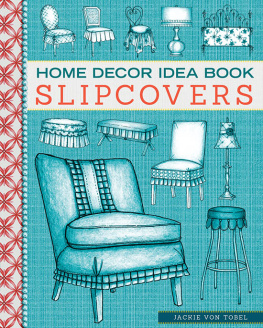
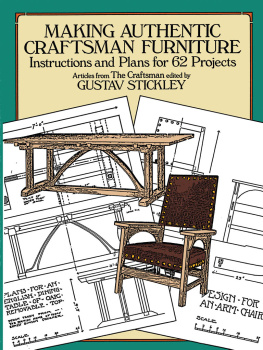
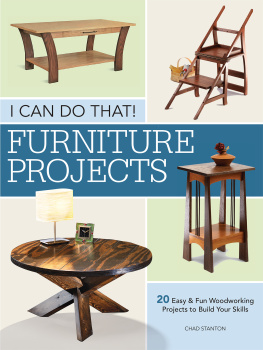
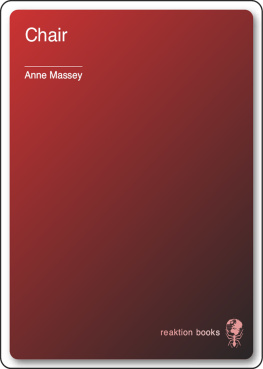


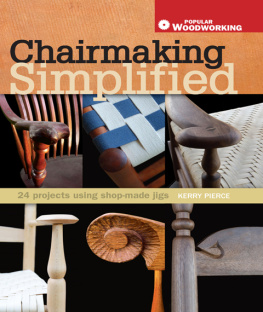
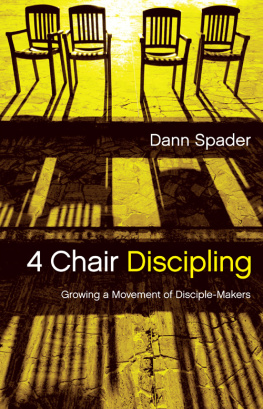

 The paper used in this publication meets the minimum requirements of American National Standard for Information SciencesPermanence of Paper for Printed Library Materials, ANSI/NISO Z39.48-1992.
The paper used in this publication meets the minimum requirements of American National Standard for Information SciencesPermanence of Paper for Printed Library Materials, ANSI/NISO Z39.48-1992.